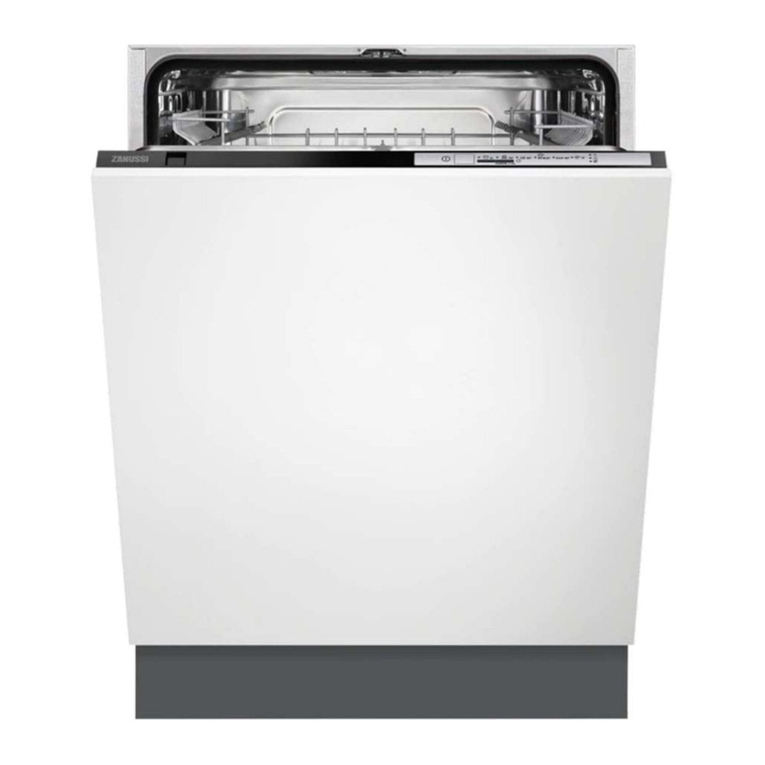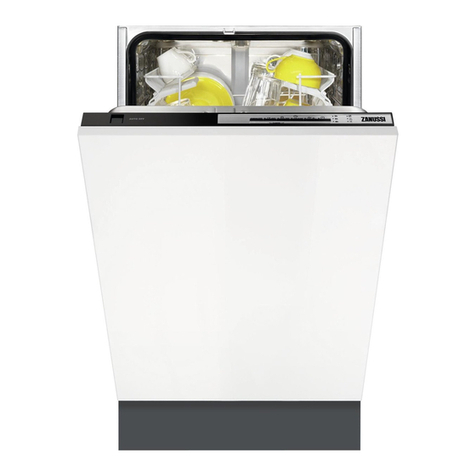Zanussi ZT 605 User manual
Other Zanussi Dishwasher manuals
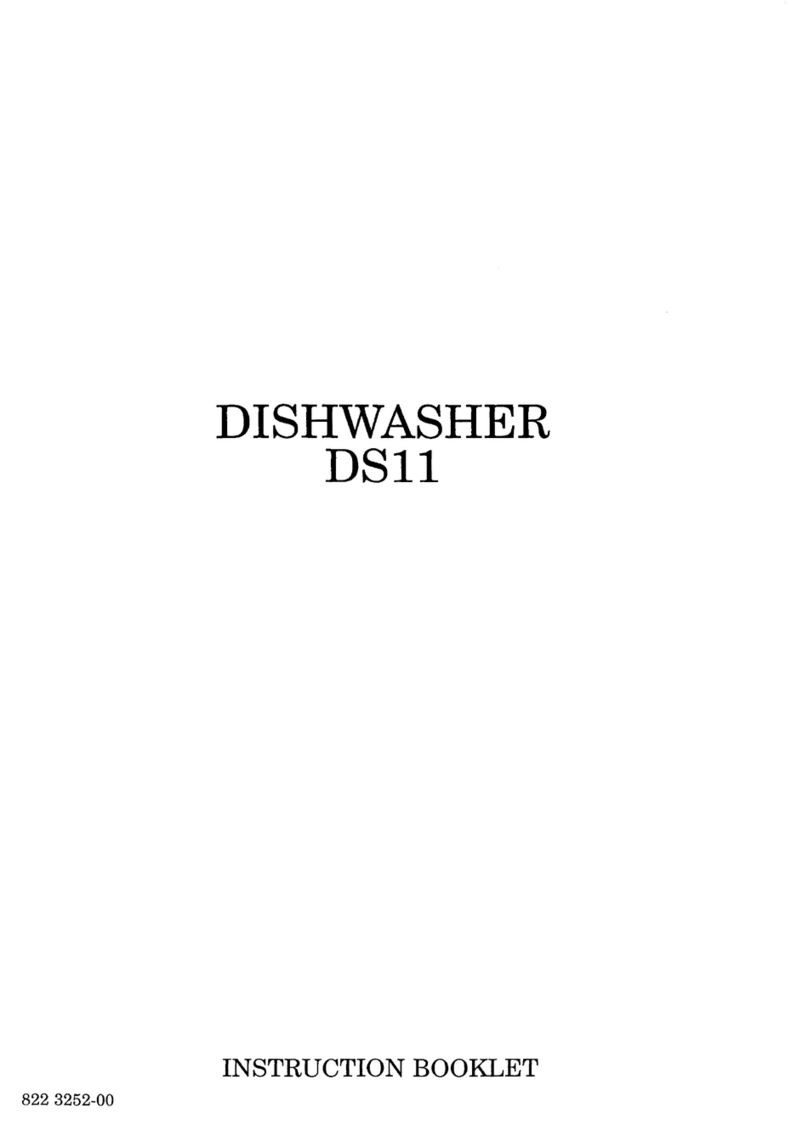
Zanussi
Zanussi DS11 User manual

Zanussi
Zanussi DW 4826 User manual
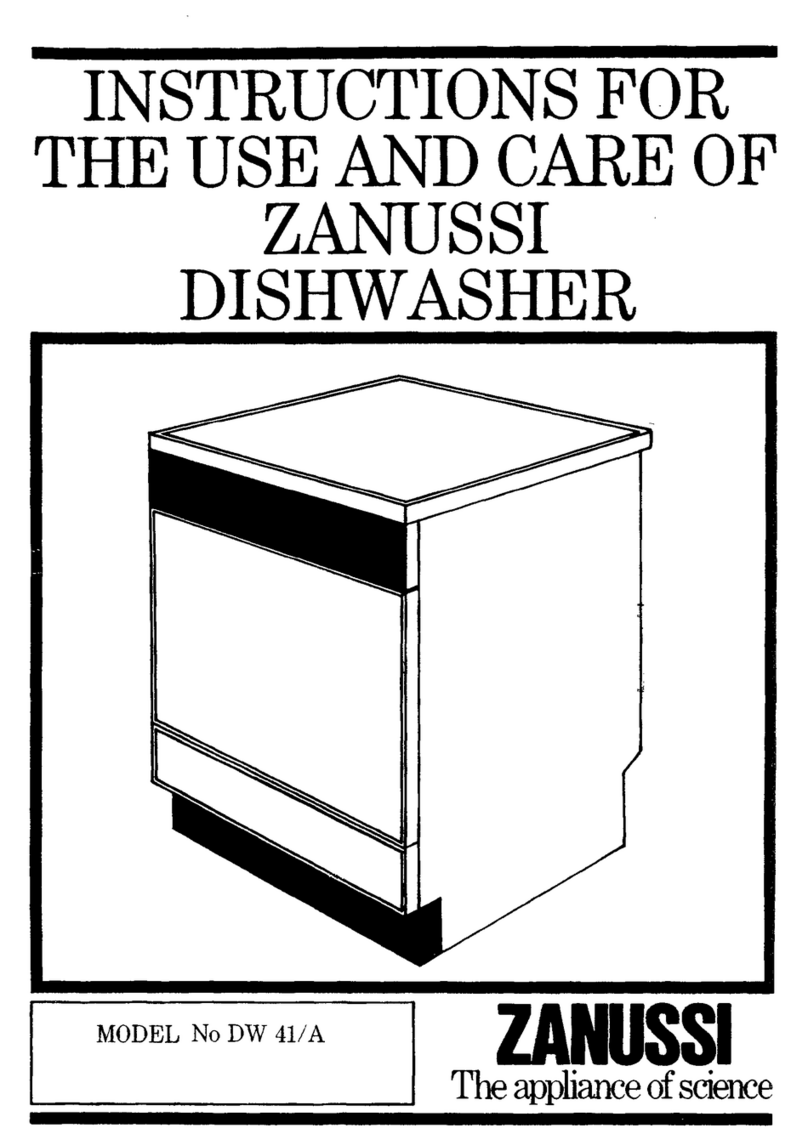
Zanussi
Zanussi DW 41/A Assembly instructions
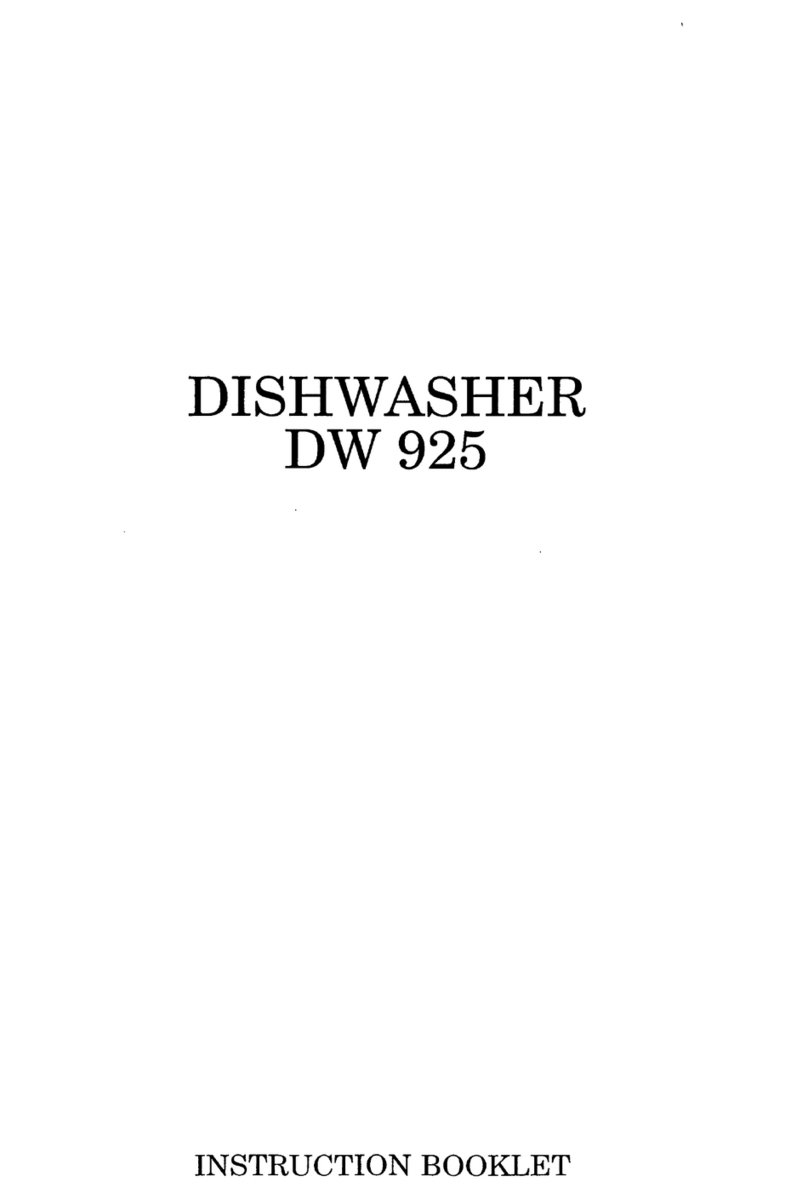
Zanussi
Zanussi DW 925 User manual

Zanussi
Zanussi Z50 Assembly instructions
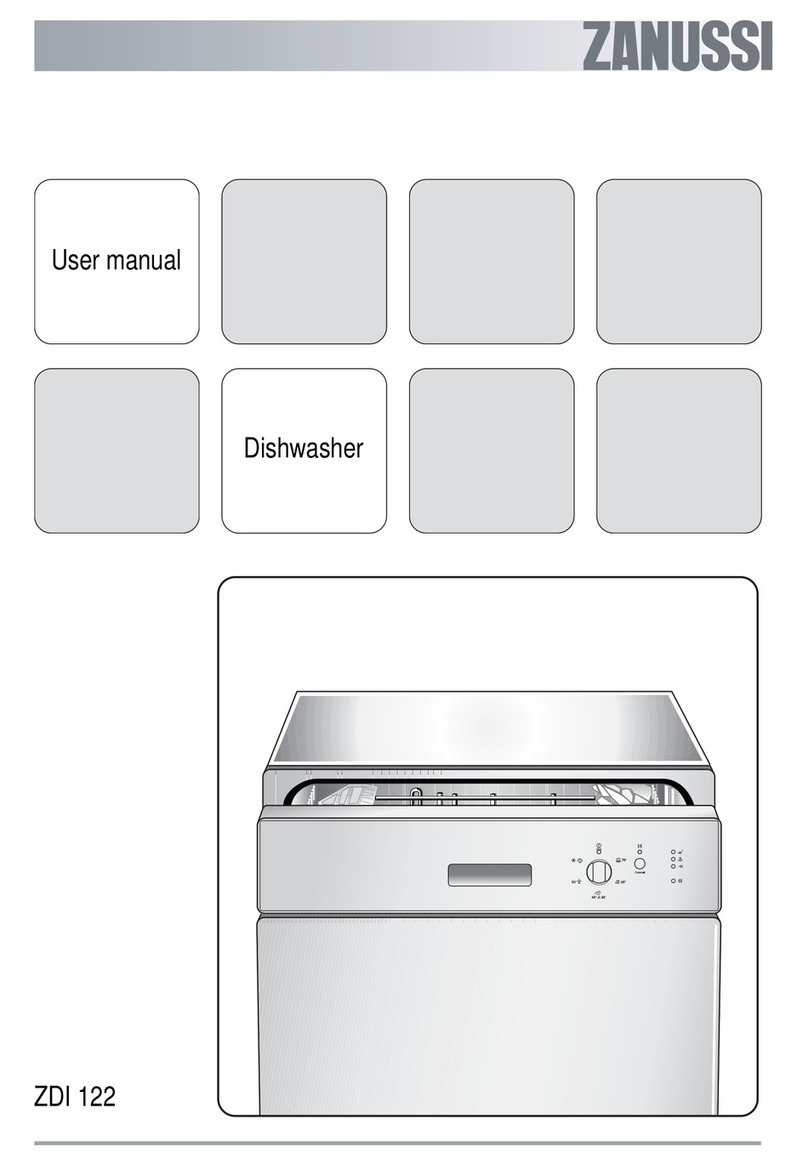
Zanussi
Zanussi ZDI 122 User manual

Zanussi
Zanussi IT 5614 User manual
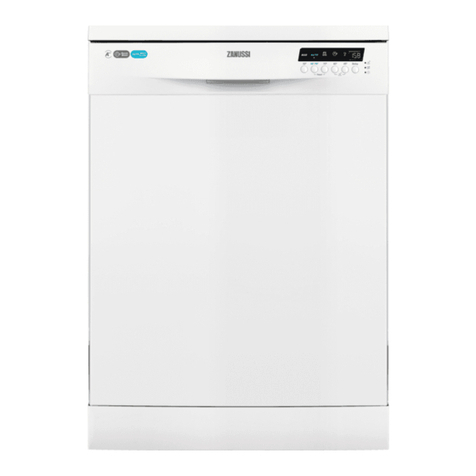
Zanussi
Zanussi ZDF26020WA User manual

Zanussi
Zanussi DA6252 User manual
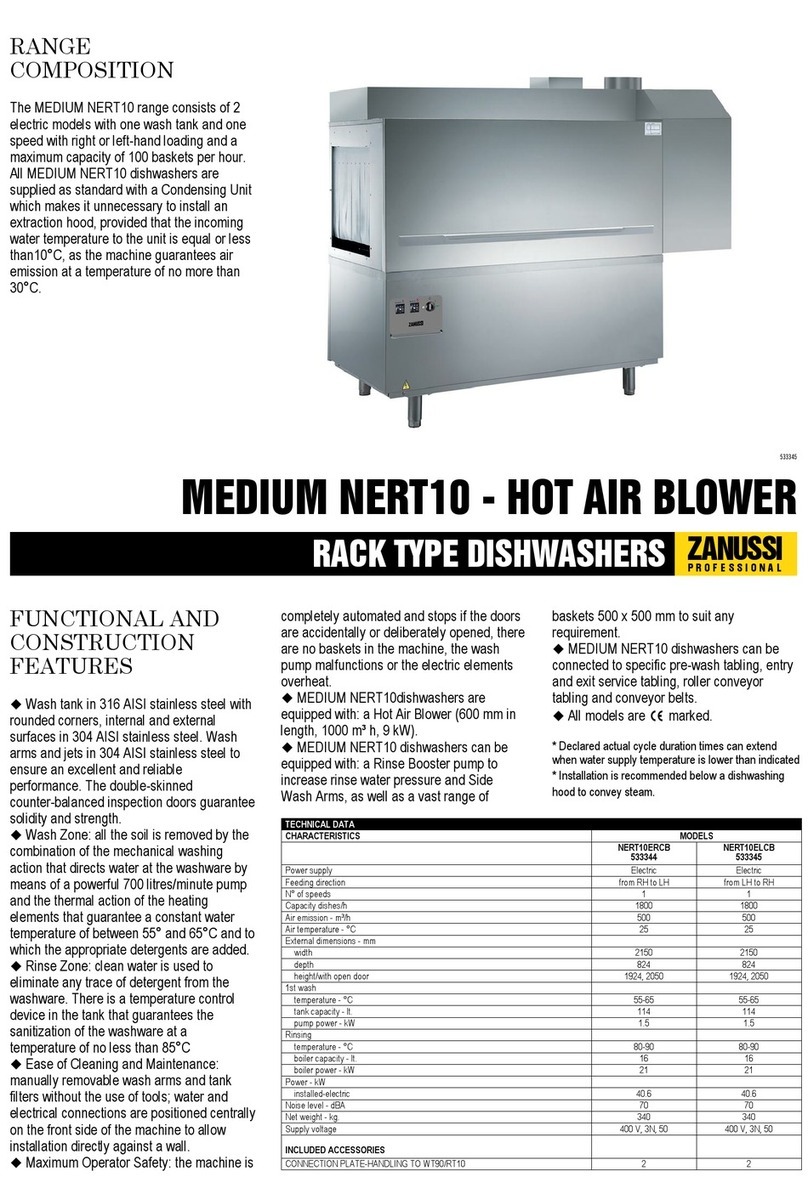
Zanussi
Zanussi 531350 User manual
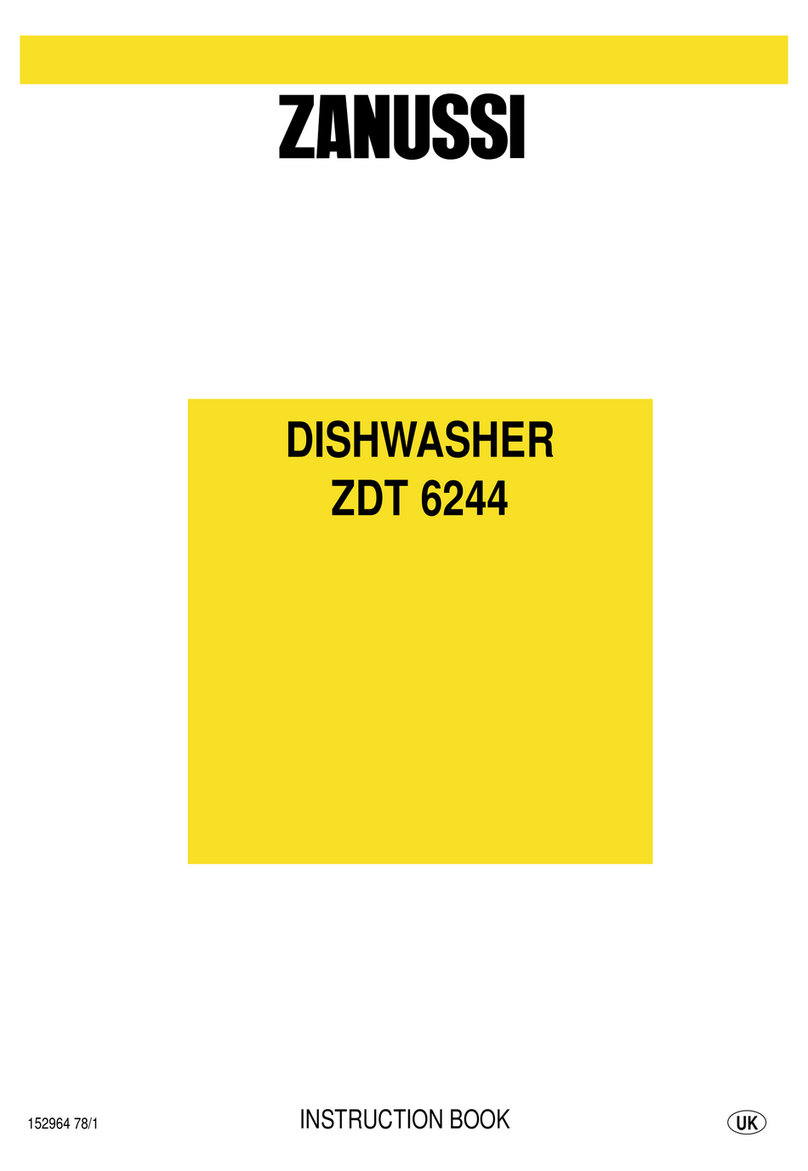
Zanussi
Zanussi ZDT 6244 User manual
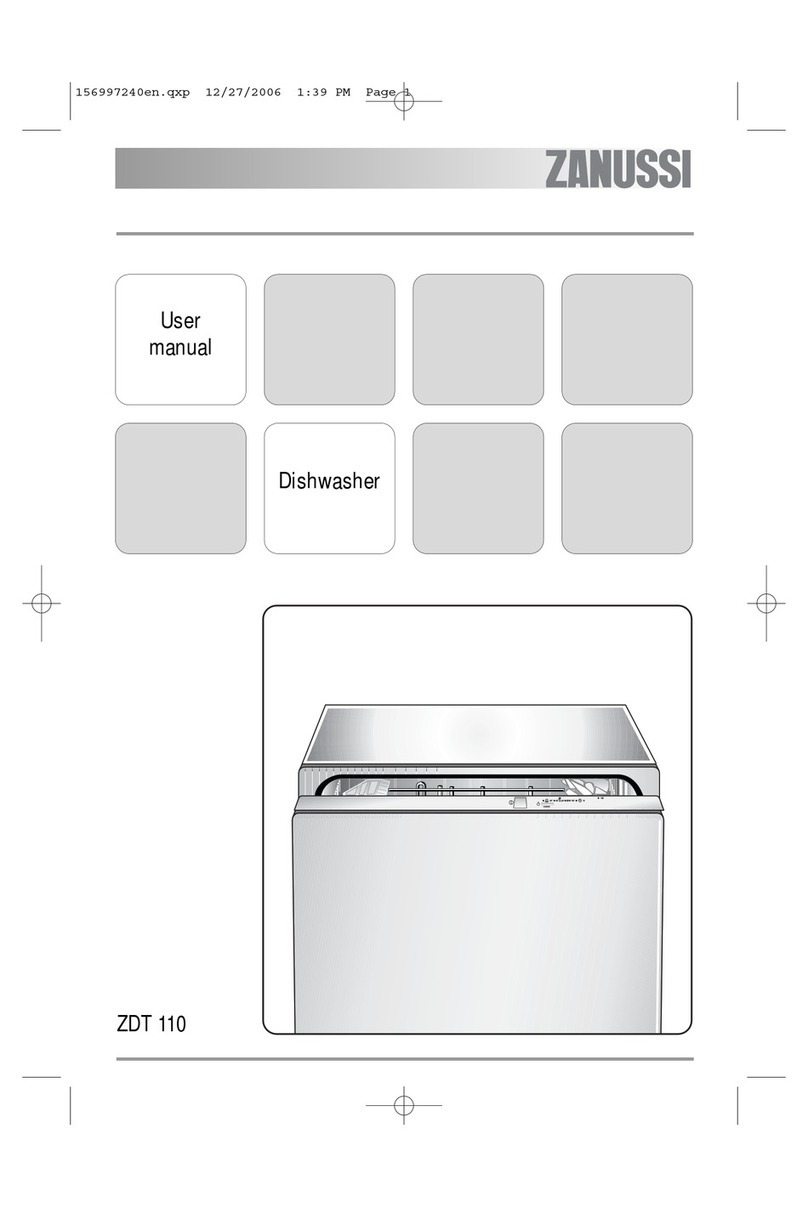
Zanussi
Zanussi ZDT110 User manual
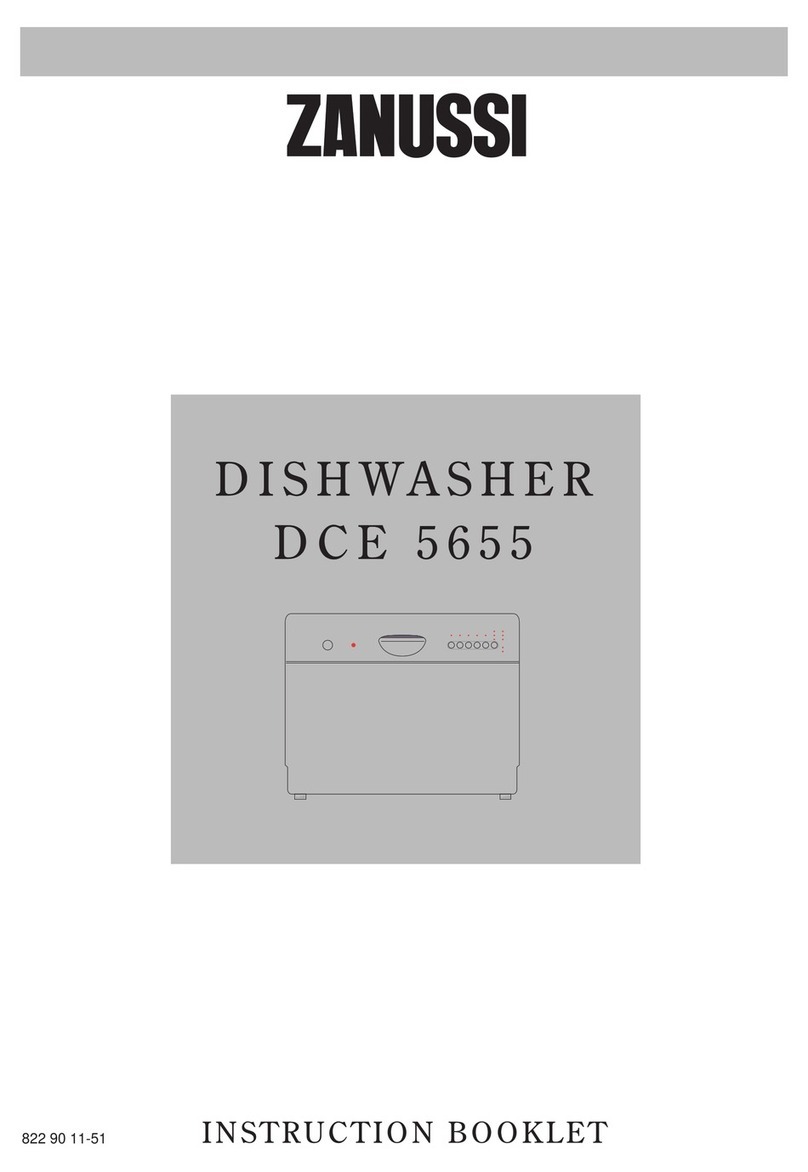
Zanussi
Zanussi DCE 5655 User manual

Zanussi
Zanussi ZDF200 User manual

Zanussi
Zanussi ZDF3020 User manual

Zanussi
Zanussi ZDSN151X1 User manual
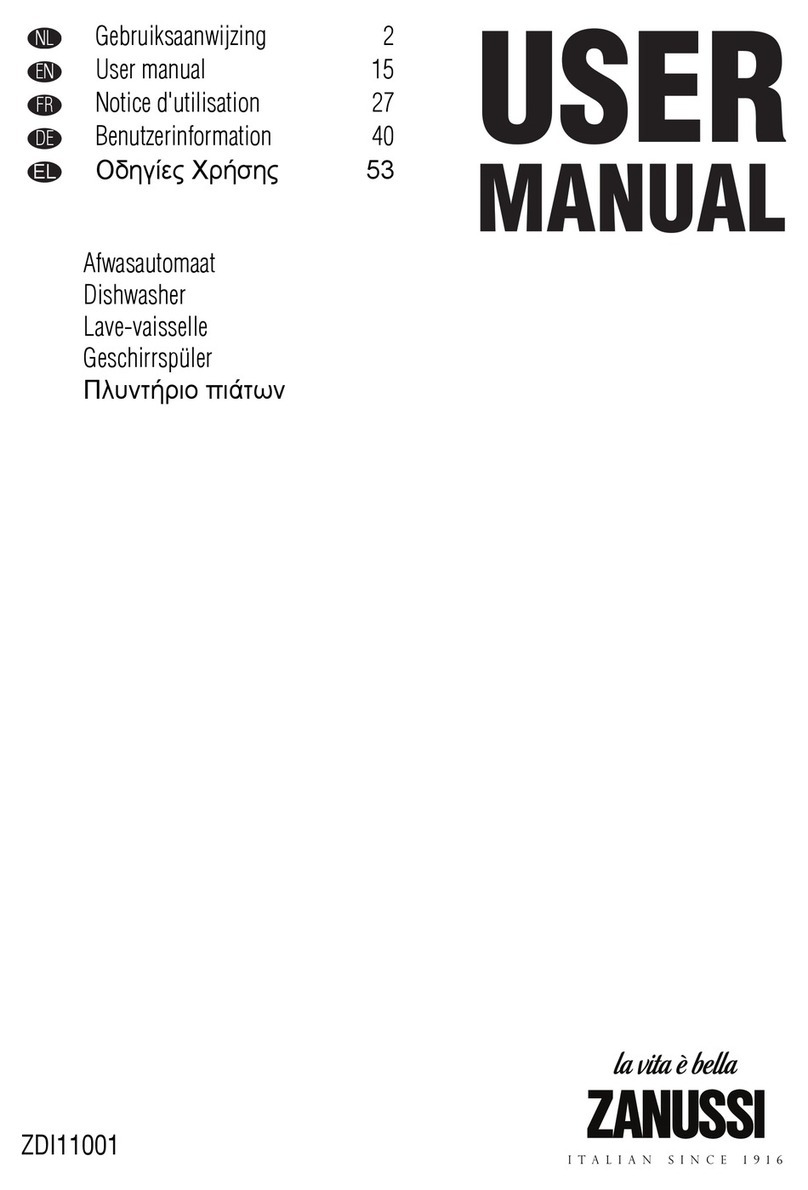
Zanussi
Zanussi ZDI11001 User manual
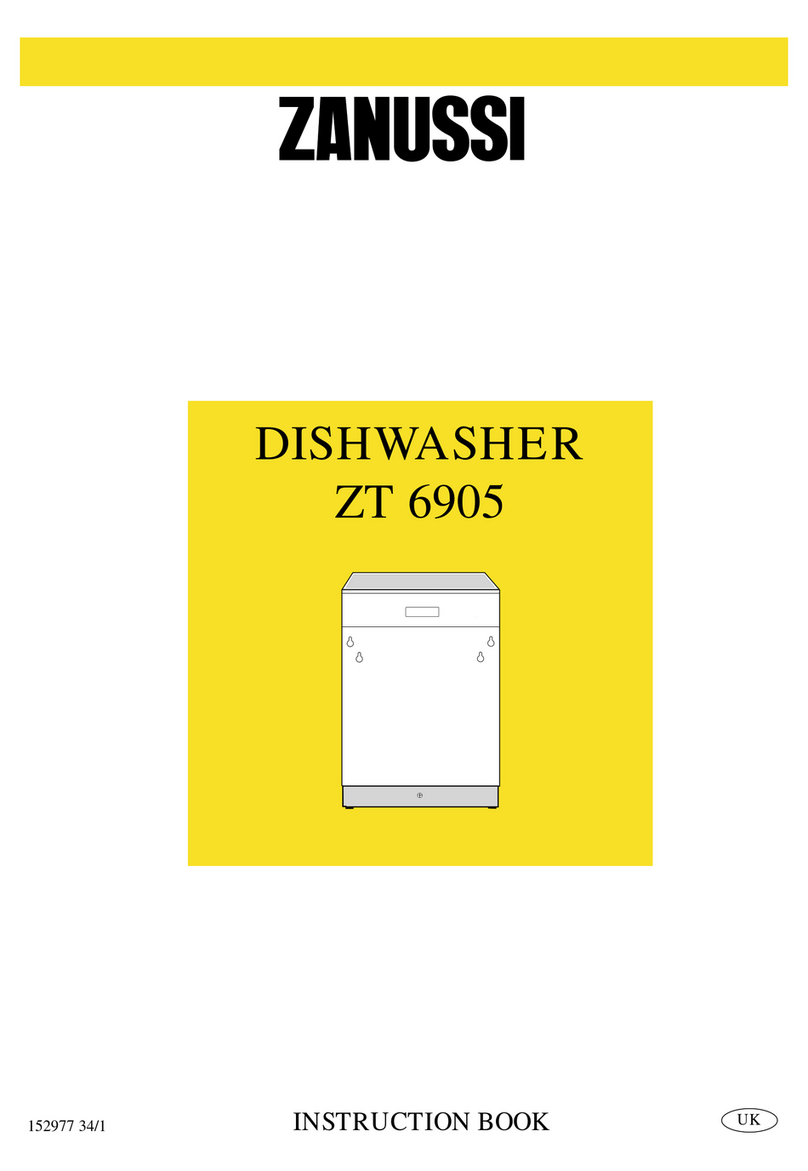
Zanussi
Zanussi ZT 6905 User manual
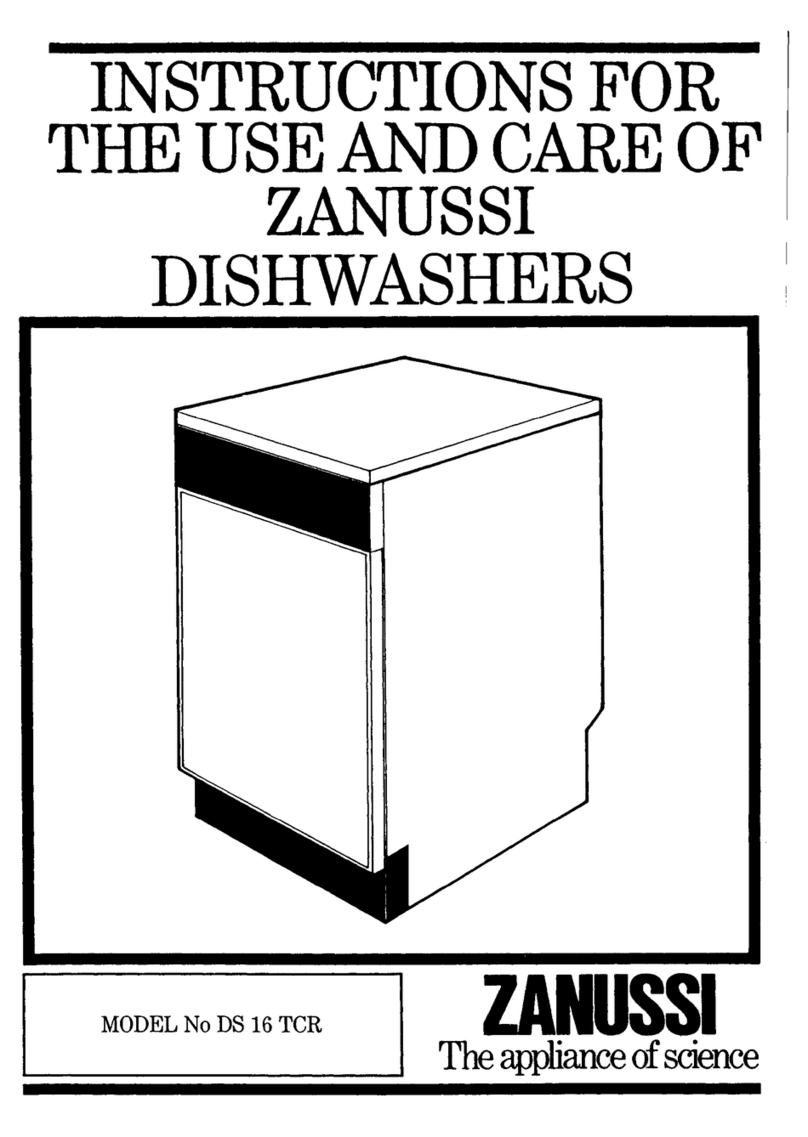
Zanussi
Zanussi DS 16 TCR Assembly instructions

Zanussi
Zanussi DW 900 User manual

